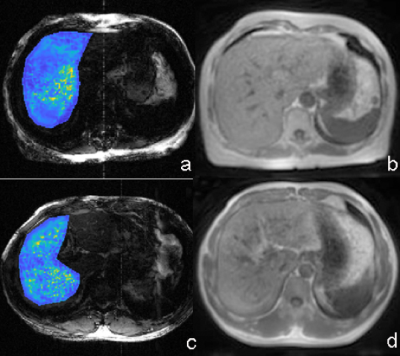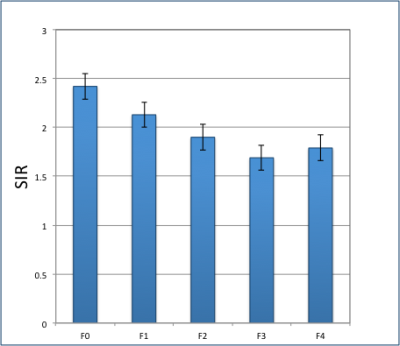Jie Yuan1, Fan Mo2, Yongming Dai2, Suhao Qiu3, Yuan Feng3, Songhua Zhan1, Yanwen Huang1, and Hui Wang1
1Department of Radiology, Shuguang Hospital Affiliated to Shanghai University of Traditional Chinese Medicine, 201203, Shanghai, China, 2MR Collaboration, United Imaging Healthcare, Shanghai, China, 3Institute for Medical Imaging Technology, School of Biomedical Engineering, Shanghai Jiao Tong University, 200240, Shanghai, China
1Department of Radiology, Shuguang Hospital Affiliated to Shanghai University of Traditional Chinese Medicine, 201203, Shanghai, China, 2MR Collaboration, United Imaging Healthcare, Shanghai, China, 3Institute for Medical Imaging Technology, School of Biomedical Engineering, Shanghai Jiao Tong University, 200240, Shanghai, China
We investigated the potential of Ultrashort Echo Time (UTE) to accurately assess hepatic fibrosis in patients with chronic liver disease. Our study demonstrated that UTE has the potential to assess the hepatic fibrosis.

